Leonardo da Vinci: Renaissance Vision reading Exercise
Trace Leonardo da Vinci’s journey from apprentice painter in Florence to court engineer in Milan and royal artist in France, exploring how his curiosity bridged art, science, and invention.
Exercise Guide
How to complete:
Read the four passages in order; each highlights a different chapter of Leonardo’s life. Annotate dates, patrons, and projects. After reading, answer the questions—some focus on factual recall, others invite you to interpret vocabulary, tone, and the impact of his innovations.
Success tips:
These selections blend biography with the history of Renaissance art and science. Pay attention to how Leonardo’s observations move between canvas, sketchbook, and workshop.
- Highlight verbs that show his investigative process—observing, dissecting, measuring.
- Note the patrons who shaped his opportunities, from Florentine guilds to French kings.
- Use context to interpret terms such as "sfumato," "flying machine," or "microcosm."
- Compare the aims of his artistic commissions with the experiments in his notebooks.
- Summarize each passage to connect Leonardo’s curiosity with Renaissance innovation.
Knowledge:
This biography develops knowledge about Renaissance workshops, linear perspective, early engineering, anatomical study, and the diffusion of ideas across European courts. You will practice extracting evidence, analyzing vocabulary in context, and evaluating how one individual influenced multiple disciplines.
Complete the Exercise
Reading Passage 1
Leonardo was born in 1452 in the Tuscan hamlet of Anchiano and raised in nearby Vinci, where his notary father Ser Piero introduced him to civic record keeping and courtroom debate. At fourteen he entered Andrea del Verrocchio’s bustling Florentine bottega, learning to grind pigments, cast bronze, design festival machinery, and sketch human figures from life. Guild statutes required apprentices to copy masterworks and practice perspective, but Leonardo lingered after hours to observe how light softened the edges of faces and distant hills.
Verrocchio’s studio thrived on collaboration: assistants painted sections of altarpieces, gilded armor, and engineered theatrical devices for Medici celebrations. Leonardo’s contributions to Verrocchio’s "Baptism of Christ"—the angel at the left and the ripples around Christ’s feet—drew admiration for their subtle modeling. By 1472 he qualified for the painters’ guild, yet he continued refining his style, filling notebooks with studies of swirling water, botanical forms, and heads turned in three-quarter view.
What advantage did Verrocchio’s workshop offer Leonardo during his apprenticeship?
Which detail illustrates Leonardo’s independent curiosity as a student?
Which vocabulary term from the passage most nearly means “artists’ workshop”?
What does the reception of Leonardo’s angel in Verrocchio’s "Baptism of Christ" suggest about his emerging talent?
Which statement best summarizes Leonardo’s development during his apprenticeship?
Reading Passage 2
In 1482 Leonardo traveled to Milan with a silver lyre shaped like a horse’s head, a diplomatic gift from Lorenzo de’ Medici to Duke Ludovico Sforza. He promoted himself as a painter, court entertainer, and military engineer able to design canals, fortifications, and spectacular performances. Ludovico welcomed him into the ducal palace, commissioning portraits, pageants, and plans for a colossal bronze equestrian monument honoring the duke’s father.
During his Milan years Leonardo painted "The Last Supper" on the refectory wall of Santa Maria delle Grazie. He rejected true fresco in favor of a tempera-and-oil technique that allowed subtle expressions but deteriorated quickly in the humid refectory. His notebooks from the period contain sketches of flying machines, armored vehicles, city sanitation systems, and stage machinery, demonstrating his belief that art and engineering were branches of the same science of proportion and observation.
The French invasion of Milan in 1499 toppled the Sforza regime and scattered Leonardo’s patrons. He departed with his notebooks and the clay model of the equestrian statue, seeking work in Mantua and Venice. Though the bronze horse was never cast, the model inspired later sculptors, and "The Last Supper" reshaped how artists staged narrative drama in communal dining halls.
Why did Leonardo carry a silver lyre to Milan?
Which statement reflects Leonardo’s ambitions at the Sforza court?
What does Leonardo’s technique on "The Last Supper" reveal about him?
Which invention from Leonardo’s Milan notebooks best illustrates his engineering imagination?
What lasting effect did Leonardo’s Milan period have despite political upheaval?
Reading Passage 3
Returning to Florence around 1500, Leonardo found a republic eager for innovation after the Medici expulsion. He studied the Arno River’s currents, dissected corpses at Santa Maria Nuova Hospital to map muscles and organs, and refined portraits that would culminate in "Mona Lisa." His notebooks introduced the painting method he called sfumato—minute layers of oil glazes that created seamless transitions between light and shadow, giving faces a lifelike softness.
While Michelangelo and Raphael competed for monumental frescoes, Leonardo accepted civic engineering assignments. He proposed redirecting the Arno to improve shipping, designed flood defenses for Pisa, and sketched machinery for textile production. In reflective notes he compared the branching of trees to human veins and the meanders of rivers, reinforcing his belief that the human body mirrored the structure of the natural world.
Not every project reached completion. His experimental "Battle of Anghiari" mural began to deteriorate when the oil medium failed to dry evenly, yet eyewitnesses praised its energy. Florence nurtured his curiosity, but shifting politics and the lure of stable court patronage eventually drew him to accept invitations from Cesare Borgia, the Medici, and finally the French crown.
Which scientific practices occupied Leonardo during his early sixteenth-century stay in Florence?
What effect does sfumato produce in Leonardo’s paintings?
Which civic problems did Leonardo attempt to solve for Florence and Pisa?
Which sentence best summarizes the tension in Leonardo’s Florentine career at this time?
Which phrase reflects Leonardo’s philosophical outlook in this period?
Reading Passage 4
In 1516 King Francis I of France invited Leonardo to settle at the manor of Clos Lucé near the royal château at Amboise. Awarded the title "Premier Painter and Engineer," Leonardo arrived with treasured paintings—including "Mona Lisa" and "Saint John the Baptist"—and trunks of notebooks filled with anatomical drawings, hydraulic diagrams, and plans for ideal cities. The French court prized his imagination, asking him to design fêtes, advise on canal routes, and sketch visionary palaces.
Though his right hand weakened, likely from strokes, Leonardo dictated ideas to his assistant Francesco Melzi. He cataloged mechanical principles such as gear trains, hydraulic lifts, and rotational motion, and he demonstrated automata to visiting diplomats. Scholars from Paris and Bologna made pilgrimages to debate philosophy and natural science with him, noting that he never separated artistic beauty from empirical observation.
Leonardo died at Clos Lucé in 1519. Melzi safeguarded his manuscripts, which later dispersed across Europe and inspired figures from Galileo to nineteenth-century romantics. Legend holds that King Francis cradled Leonardo as he died—a symbolic gesture acknowledging that the artist-engineer embodied the Renaissance ideal of a universal genius whose legacy transcended borders.
Why did King Francis I welcome Leonardo to France?
How did Leonardo continue working despite weakness in his right hand?
Which example from the passage highlights Leonardo’s role as court entertainer?
What became of Leonardo’s manuscripts after his death?
What idea about Leonardo’s legacy does the final paragraph emphasize?
Share this exercise
Help others learn reading by sharing this exercise
Related Exercises
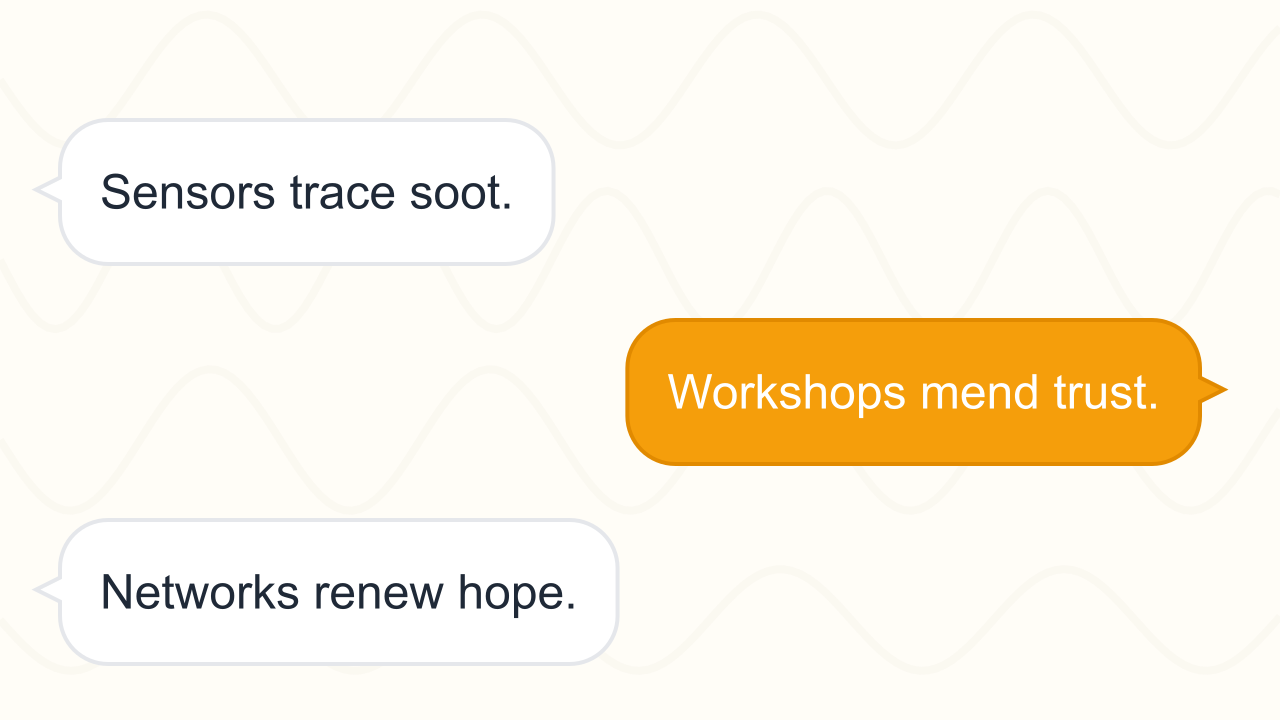
Designing Regenerative Networks for Future Neighborhoods
Trace how innovators, residents, and policymakers build interconnected solutions that cut pollution, expand recycling, and redesign everyday systems across six detailed case studies.
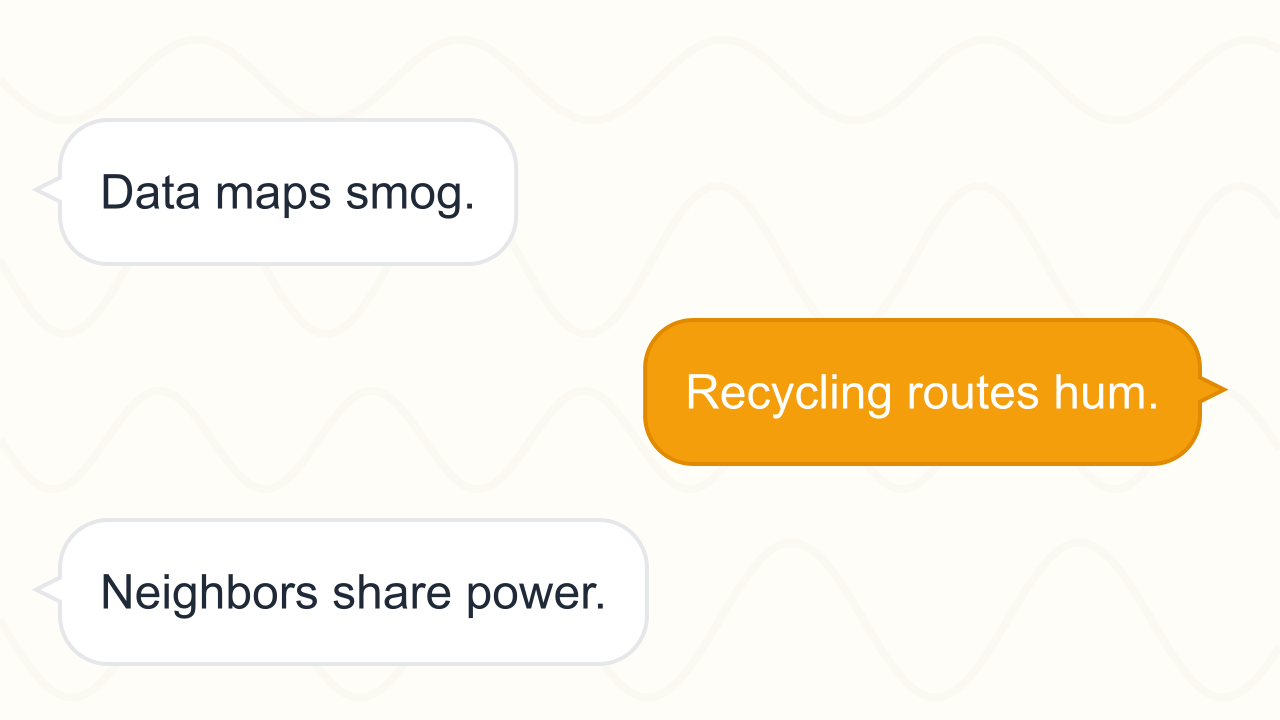
Clean Cycles for Tomorrow
Discover how neighborhoods reinvent waste systems, deploy new materials, and empower residents to shrink pollution footprints while expanding recycling access.
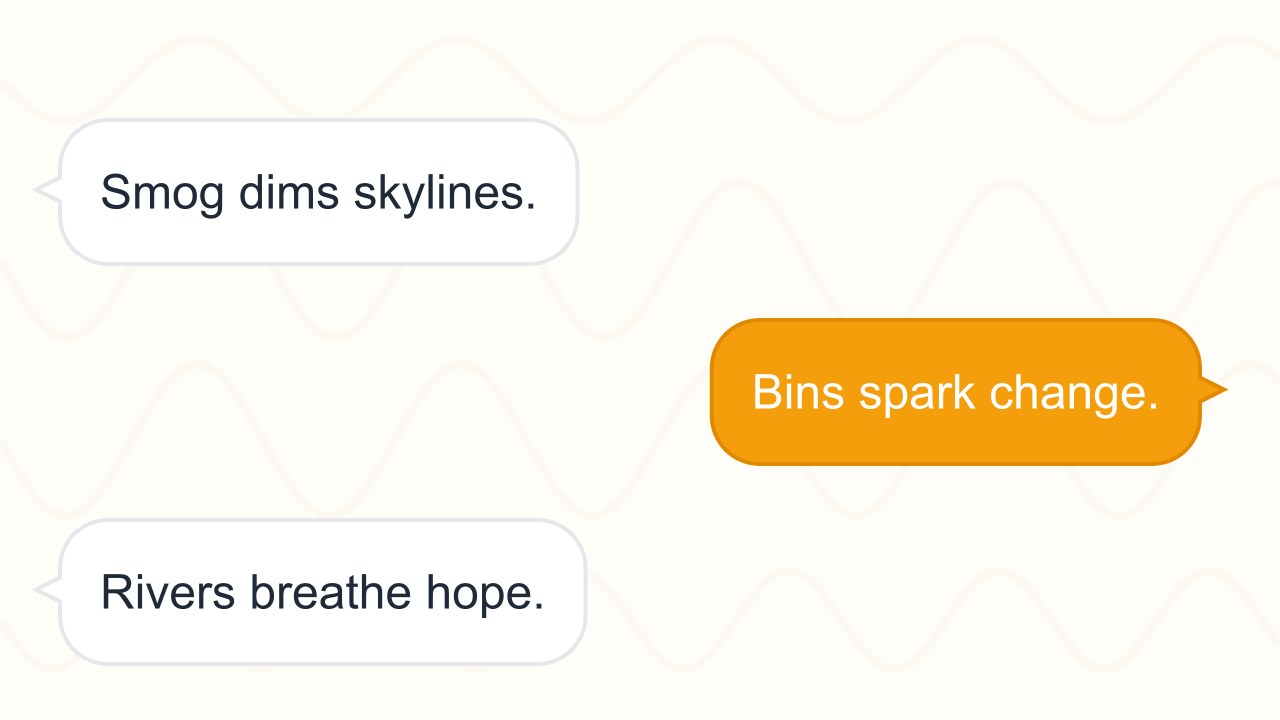
Pollution and Recycling: Restoring Our Cities
Explore how air, water, and waste pollution affect urban life, and examine the recycling innovations and community actions working to clean cities around the world.
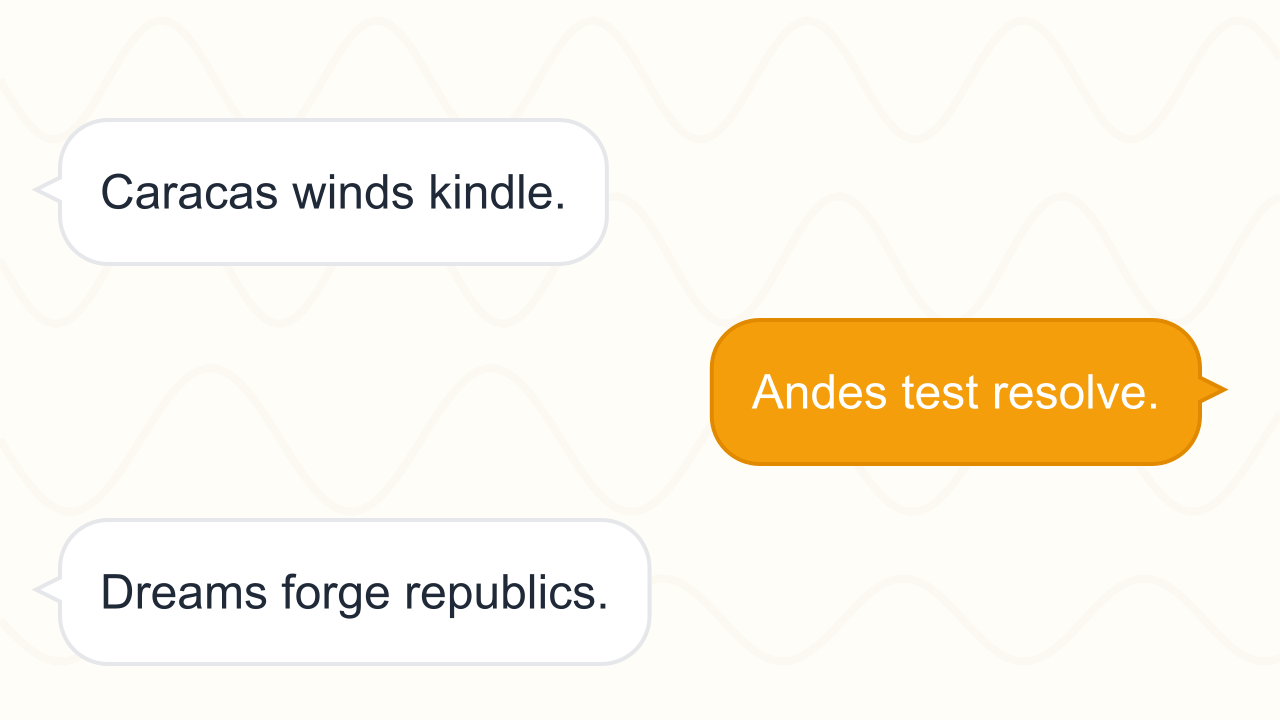
Simón Bolívar: Liberator of the Andes
Journey with Simón Bolívar from his Caracas youth through daring Andean campaigns and the struggle to define lasting republics across northern South America.
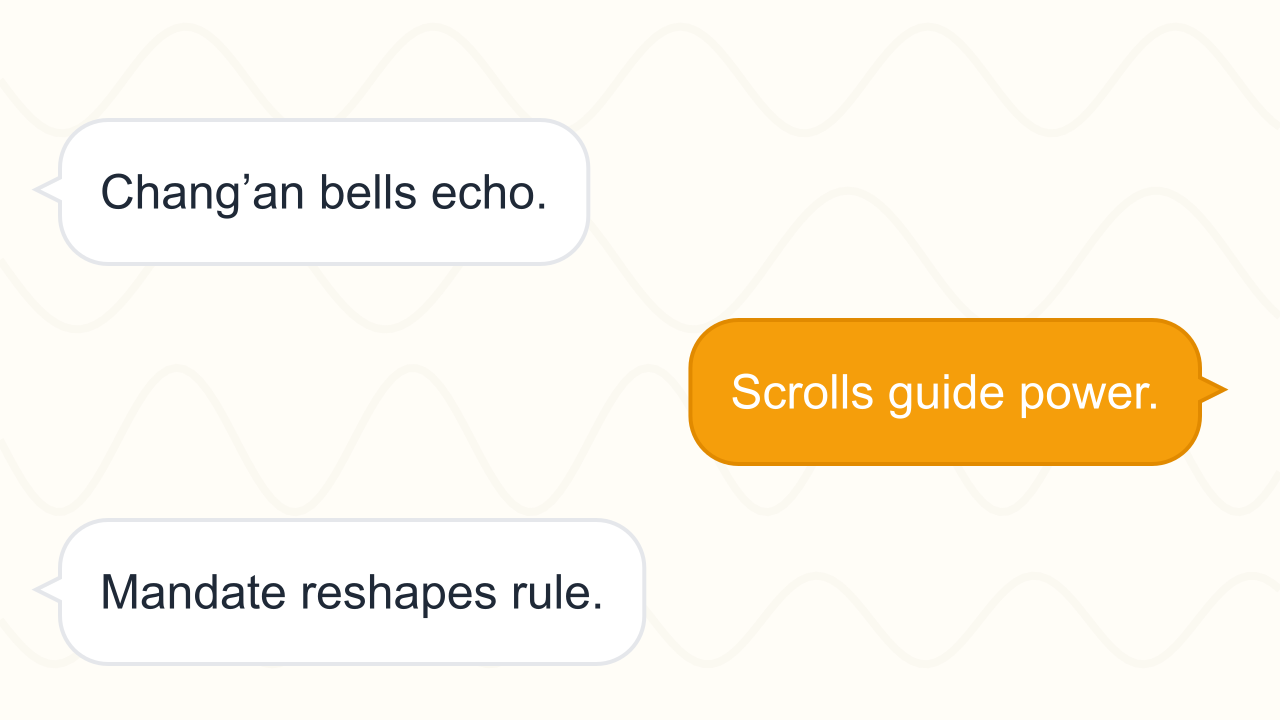
Wu Zetian: Mandate of the Tang
Follow Wu Zetian’s ascent from a palace attendant to emperor of the Zhou dynasty, examining how she wielded scholarship, alliances, and reform to shape eighth-century China.